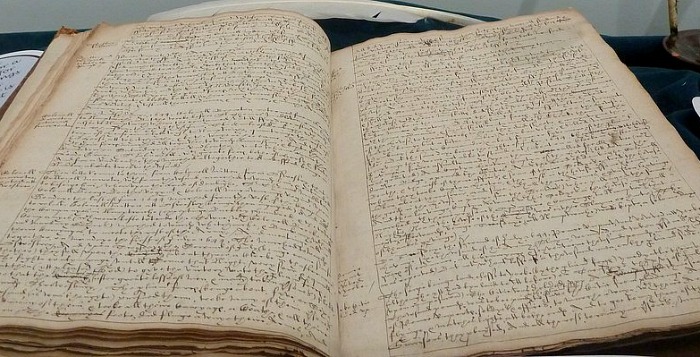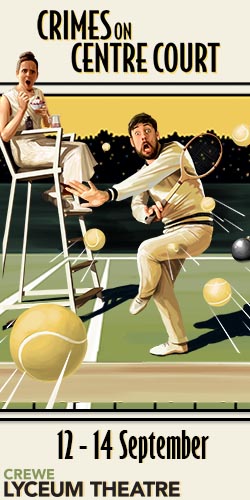
Visitors to Nantwich Museum can see a rare 360-year-old journal of events in the town during the English Civil War.
The author was Thomas Malbon, a lawyer and sometime Registrar and Churchwarden, who lived in Welsh Row.
The 49-page journal records events between the years 1642-1648 in handwriting identical to that found in the Parish Register, Registrar’s records and other official papers of the time.
It is signed “Thomas Malbon oweth (i.e. owneth) this book” and provides a careful consecutive narrative of the war as seen by someone living in a Parliamentary garrison town.
Through time, the journal was preserved among the Cowper manuscript collection in the library of Reginald Cholmondeley of Condover Hall.
It was found by the museum’s research group in the Cheshire Record Office which loaned it for display during the ‘Nantwich Besieged’ exhibition.
The exhibition tells the story of life in and around the town during the time of the war.
It has been hailed for its scholarship which seems to have accurately captured the times.
Other notable features of the exhibition include a mural depicting the scene in the town as the siege at the end of 1643 became inevitable, a narrative featuring four fictitious characters commenting on their experiences at the time, and a model illustrating the Battle of Nantwich which relieved the siege on 25th January 1644.
There are also children’s activities during the exhibition including colouring, handwriting and dressing up.
A series of talks consider various aspects of the time including coin hoards, the life of Sir William Brereton and stained glass.
Admission is free and the exhibition ends on Saturday September 17.
Contact Nantwich Museum on [email protected], call 01270 627104, visit www.nantwichmuseum.org.uk





















Recent Comments